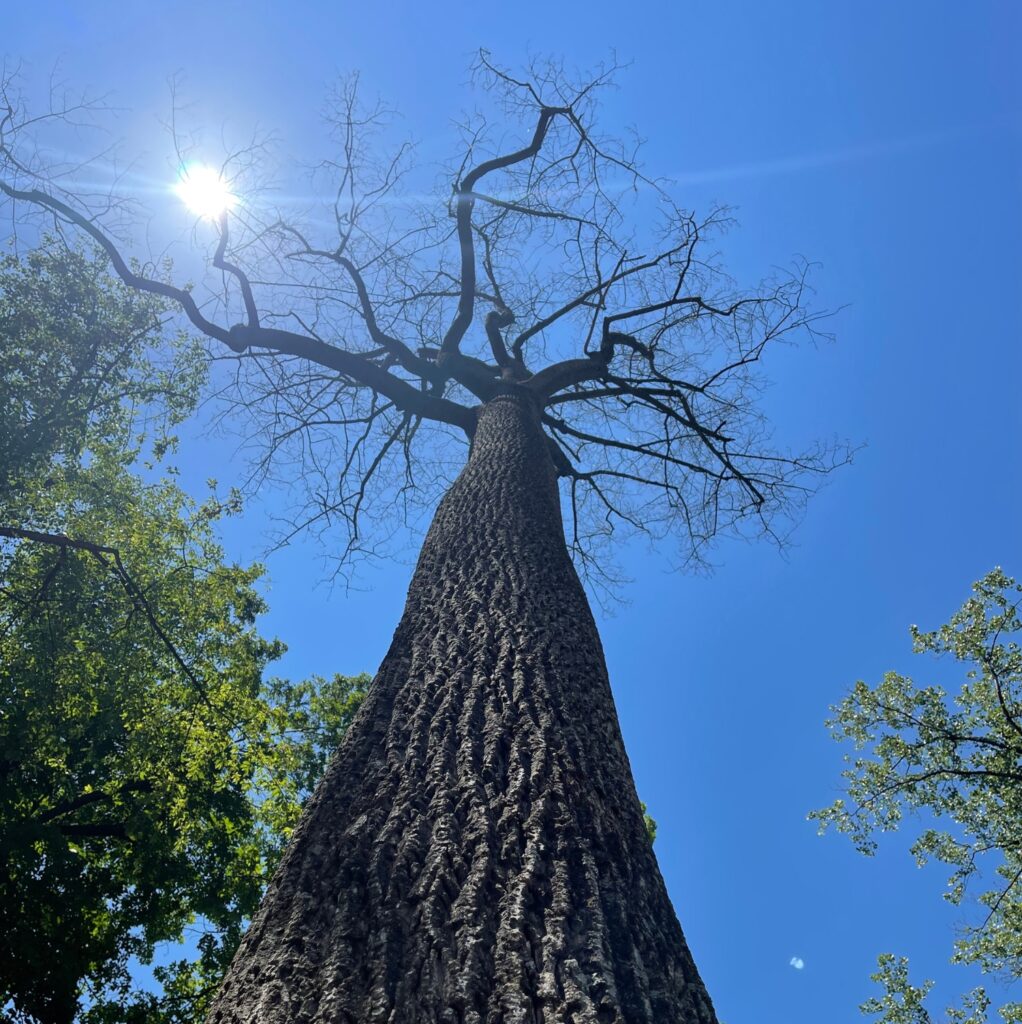Maintaining the health and aesthetics of trees is a crucial aspect of responsible arboriculture. When it comes to pruning, tree trimming services often employ one of two methods: crown reduction and tree topping. While both aim to shape and control the size of a tree, they differ significantly in their approach and impact on tree health. Let’s discuss these pruning methods’ critical differences, benefits, drawbacks, and long-term effects on tree vitality.
Exmore, VA, homeowners seeking reliable and comprehensive tree care services can turn to Timber Works Tree Care. Before trimming, our specialist evaluates a tree’s type, location, health, and size to ensure we provide the best care possible. We also offer Workers’ Compensation and Liability Insurance to protect our clients from unforeseen accidents. To learn more about our tree care and mulching services, call (540) 254-5773 and speak with our team today!
Below, we outline the pros and cons of crown reduction and tree topping:
Crown Reduction
Crown reduction selectively removes branches and foliage from the outer canopy of a tree. The goal is to reduce the overall size and spread of the tree while maintaining its natural shape. Arborists prefer this method over tree topping because it minimizes stress on the tree and encourages healthy regrowth.
Benefits of Crown Reduction
- Preserve Tree Health: By selectively removing branches, crown reduction minimizes the stress on the tree, preserving its overall health and vitality.
- Encourages Natural Growth: This method promotes the growth of lateral branches and maintains the tree’s natural form, resulting in a more aesthetically pleasing appearance.
- Reduces Wind Resistance: Crown reduction helps decrease the wind resistance of a tree, making it more resistant to storm damage.
Drawbacks of Crown Reduction
- Requires Skill and Knowledge: Effective crown reduction requires arboricultural expertise to ensure that cuts are completed and placed correctly. This method usually requires a certified arborist.
- Potential for Decay: Poorly executed crown reduction cuts can lead to tree decay and disease if not done with precision.
Tree Topping

In contrast to crown reduction, tree topping involves the severe cutting back of branches, often reducing their height significantly. Some industry professionals refer to this method as “hat-racking” due to its drastic nature. Tree companies use this approach to cut back a tree’s size quickly, but doing so comes with several significant drawbacks.
Benefits of Tree Topping
- Immediate Size Reduction: Topping can quickly reduce the height and spread of a tree, addressing immediate concerns related to space or safety.
Drawbacks of Tree Topping
- Stress and Shock: Topping inflicts severe stress and shock on a tree, often resulting in a weakened structure and increased susceptibility to pests and diseases.
- Unsightly Appearance: Topped trees often develop unsightly, bushy growth known as epicormic shoots, which can negatively impact the tree’s aesthetics.
- Risk of Decay and Disease: Topping creates large wounds that are slow to heal, providing entry points for decay-causing organisms and pathogens.
- Possibility of Death: Severe toppings of trees often hobble their opportunity and ability to regrow, as the practice cuts off the natural flow of water throughout the tree and causes it to die.
Hire an Experienced Tree Trimming Service in Exmore, VA!
Exmore, VA, tree owners should prioritize methods that maintain trees’ structural integrity, aesthetics, and long-term vitality. As a responsible tree trimming service, Timber Works Tree Care follows ANSI A300 Pruning and Safety guidelines and will not top trees due to the probability of harm to the tree. For an expert opinion and free tree care consultation, call (540) 254-5773 today!







